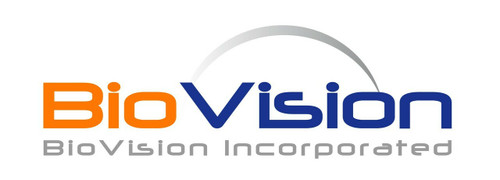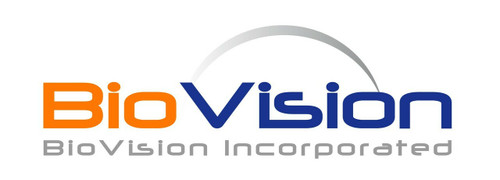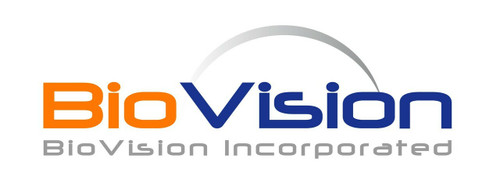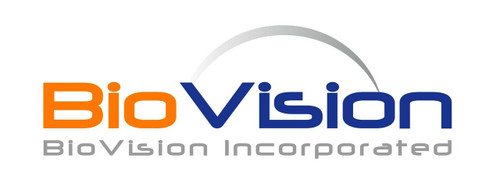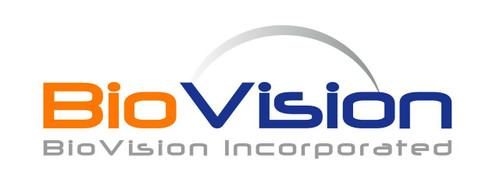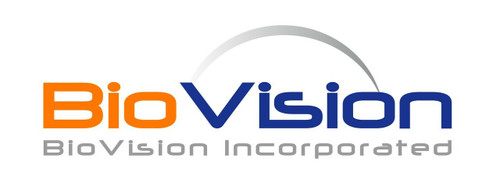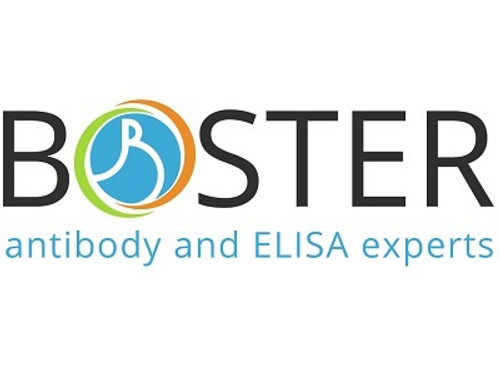Product Description
Lipocalin-2 (LCN2), also known as oncogene 24p3 or neutrophil Gelatinase-associated lipocalin (NGAL), MSFI, The binding of lipocalin-2 to bacterial siderophores is important in the innate immune response to bacterial infection. Upon encountering invading bacteria the toll-like receptors on immune cells stimulate the synthesis and secretion of lipocalin-2. Secreted lipocalin-2 then limits bacterial growth by sequestering iron-containing siderophores. Lipocalin-2 also functions as a growth factor. LCN2 is strongly upregulated during inflammation and is upregulated by interleukin 1 (but not TNF alpha) in humans. There are indications that some forms of acne could be caused due to the gene not being transcribed, and that Isotretinoin corrects this. NFAT3 (NFATc4) NFAT by blocking the expression of LCN2 inhibits breast carcinoma cell motility. Recent studies have revealed that NGAL plays an important role in the physiopathology of chronic myeloid leukaemia (CML) mediated by BCR-ABL.
Biovision | 7460 | Human CellExp Lipocalin-2 / LCN2 human recombinant DataSheet
Biomolecule/Target: Lipocalin-2
Synonyms: NGAL, LCN2, Lipocalin-2, 24p3, MSFI, Siderocalin; Oncogene 24p3; Neutrophil Gelatinase-associated Lipocalin; NGAL.
Alternates names: Neutrophil Gelatinase-associated lipocalin, NGAL, p25, 25 kDa -2-microglobulin-related subunit of MMP-9, Lipocalin-2, Oncogene 24p3, LCN2,
Taglines: Functions as a growth factor and is upregulated during inflammation
NCBI Gene ID #: 3934
NCBI Gene Symbol: LCN2
Gene Source: Human
Accession #: P80188
Recombinant: Yes
Source: E. coli
Purity by SDS-PAGEs: 95%
Assay: SDS-PAGE
Purity: N/A
Assay #2: N/A
Endotoxin Level: <1 EU/g by LAL method
Activity (Specifications/test method): N/A
Biological activity: Test in process
Results: N/A
Binding Capacity: N/A
Unit Definition: N/A
Molecular Weight: 20 kDa
Concentration: N/A
Appearance: Lyophilized
Physical form description: Lyophilized from 0.22 m filtered solution in PBS, pH 7.4. Normally Mannitol or Trehalose is added as protectants before lyophilization.
Reconstitution Instructions: Reconstitute in HO to a concentration 0.1-1 mg/ml. The solution can then be further diluted to other aqueous solutions.
Amino acid sequence: N/A
 Euro
Euro
 USD
USD
 British Pound
British Pound
 NULL
NULL



